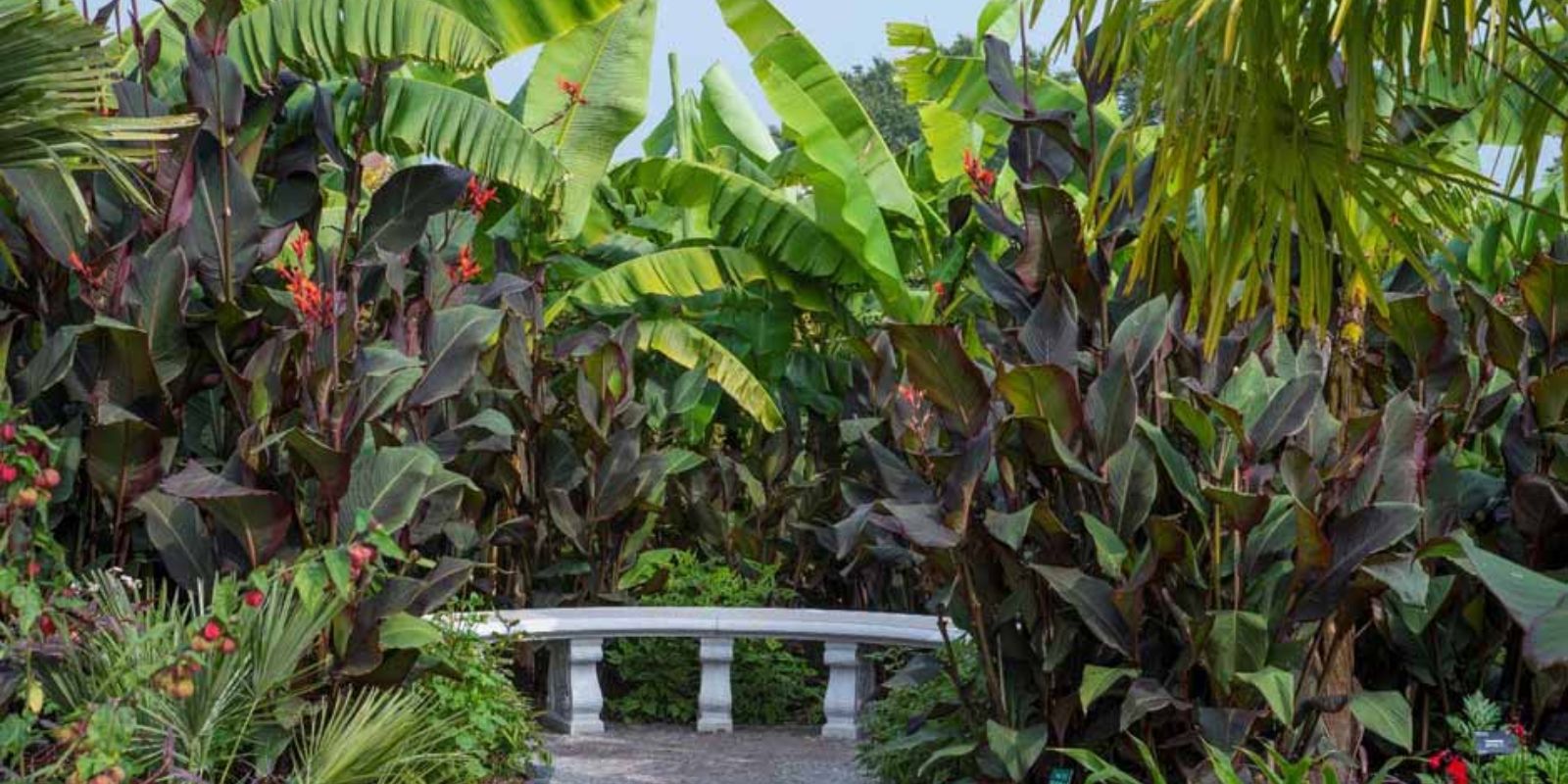Growing exotic plants can add a touch of the extraordinary to your garden, turning it into a vibrant and lush haven. These plants, often from tropical or subtropical climates, offer unique colors, textures, and fragrances that can make your garden stand out. However, cultivating exotic plants requires more than just a green thumb; it demands understanding and commitment to replicating their native environments. This article will guide you through the essential steps to successfully grow and maintain exotic plants in your garden.
Understanding Exotic Plants
Exotic plants come from diverse environments, ranging from tropical rainforests to arid deserts. Each plant species has its own set of requirements for light, temperature, water, and soil. Before introducing exotic plants to your garden, it is crucial to research their specific needs to ensure they thrive in your local climate.
Step 1: Research Plant Requirements
The first step in growing exotic plants is understanding their specific needs. Different plants require varying levels of sunlight, humidity, and temperature. For instance, tropical plants often need high humidity and consistent warmth, while desert plants might prefer dry conditions and full sun.
Action Plan:
- Identify the exact species and its native environment.
- Consult gardening books, online resources, or local horticulturists to gather detailed care instructions.
- Choose plants that can adapt to your climate or be grown in containers that can be moved indoors during extreme weather.
Step 2: Create a Suitable Environment
Replicating the natural habitat of exotic plants is key to their success. This involves adjusting your garden’s soil, light exposure, and humidity levels to match the plant’s preferences.
Action Plan:
- Soil Preparation: Use well-draining soil for most exotic plants. Tropical plants might require a mix of peat moss, perlite, and sand, while desert plants often thrive in sandy or gravelly soil. Test your soil and amend it as needed to achieve the right pH and texture.
- Light Requirements: Place plants in areas that receive the appropriate amount of light. Some exotic plants need full sun, while others thrive in partial shade. Consider using grow lights for indoor plants to mimic natural sunlight.
- Humidity Control: Increase humidity for plants that require it by using a humidifier, placing plants on a tray of wet pebbles, or misting them regularly.
Step 3: Use Quality Soil and Fertilizers
Healthy soil and appropriate fertilizers are crucial for the growth of exotic plants. Quality soil provides essential nutrients and good drainage, while fertilizers supply additional nutrients needed for robust growth.
Action Plan:
- Soil Selection: Choose soil mixes that cater to the specific needs of your plants. For example, orchids may require a bark-based mix, while succulents need a fast-draining mix.
- Fertilization: Use a balanced fertilizer or one specifically formulated for your plant type. Follow the recommended feeding schedule to avoid over-fertilizing, which can damage the plants.
Step 4: Implement Proper Watering Techniques
Watering is one of the most critical aspects of plant care. Exotic plants often have specific watering needs, and improper watering can lead to problems like root rot or dehydration.
Action Plan:
- Watering Frequency: Adjust watering based on the plant’s needs. Tropical plants typically need more frequent watering, while desert plants require less.
- Water Quality: Use room-temperature, filtered water if possible. Avoid using tap water that may contain chlorine or other chemicals that can harm plants.
- Drainage: Ensure pots or garden beds have good drainage to prevent water from pooling at the roots. Use containers with drainage holes and avoid waterlogged soil.
Step 5: Protect from Pests and Diseases
Exotic plants can be susceptible to pests and diseases, often due to the specific conditions they require. Regular monitoring and preventative measures can keep these issues in check.
Action Plan:
- Regular Inspections: Check plants frequently for signs of pests such as aphids, spider mites, or scale insects. Look for unusual spots or discoloration that might indicate disease.
- Preventative Treatments: Use natural or chemical treatments as needed to control pests and diseases. Neem oil, insecticidal soap, and horticultural oil can be effective against many pests.
- Sanitation: Maintain a clean garden environment by removing dead leaves and debris that can harbor pests and pathogens.
Conclusion
Growing exotic plants in your garden can be a rewarding experience, offering a unique and captivating addition to your outdoor space. By thoroughly researching plant requirements, creating a suitable environment, using quality soil and fertilizers, implementing proper watering techniques, and protecting against pests and diseases, you can cultivate a thriving garden filled with exotic beauty.
Motivational Sentence: Embrace the challenge of growing exotic plants and transform your garden into a breathtaking paradise—start today and let your green thumb unlock the secrets of vibrant and unique flora!

